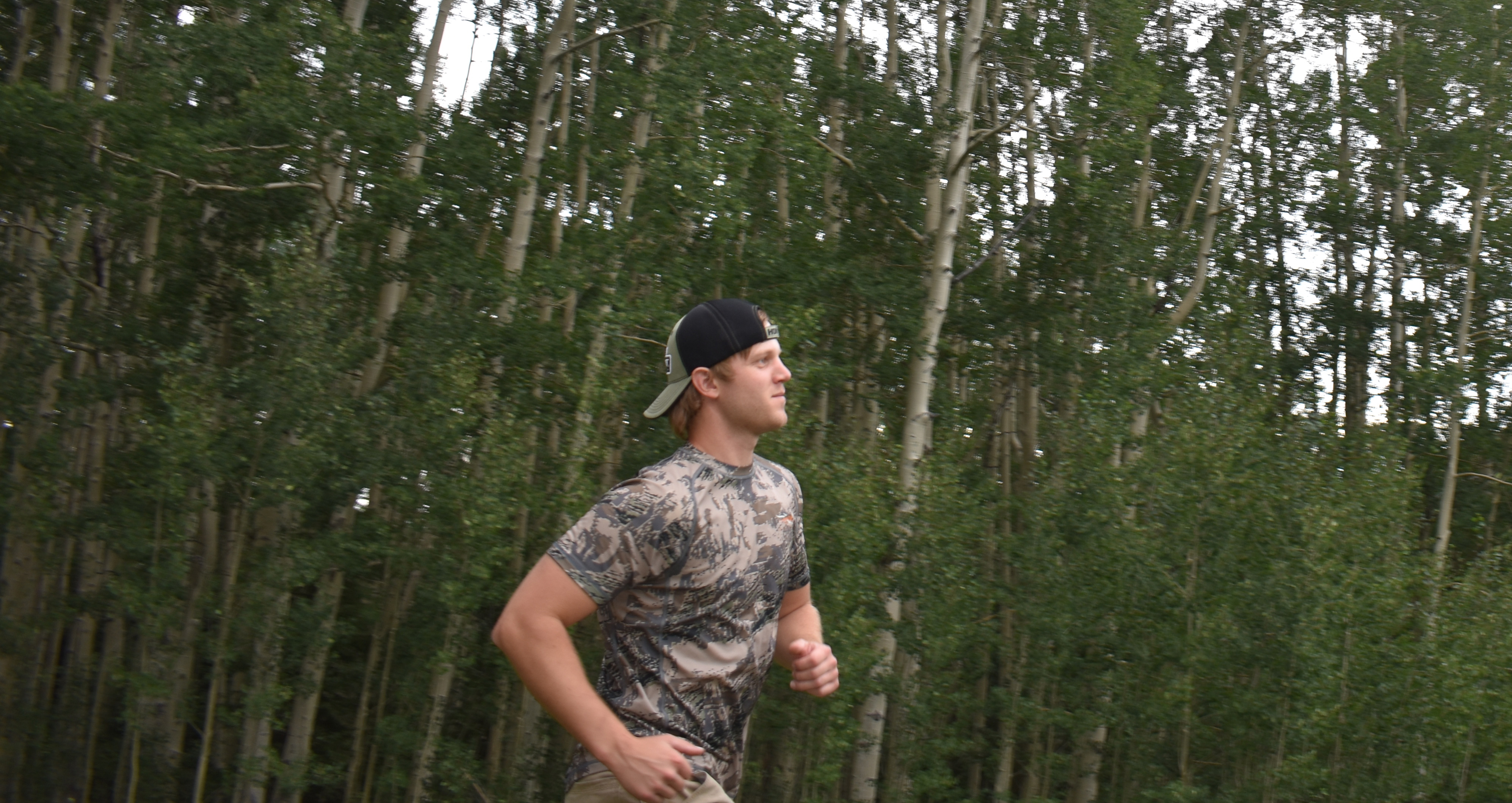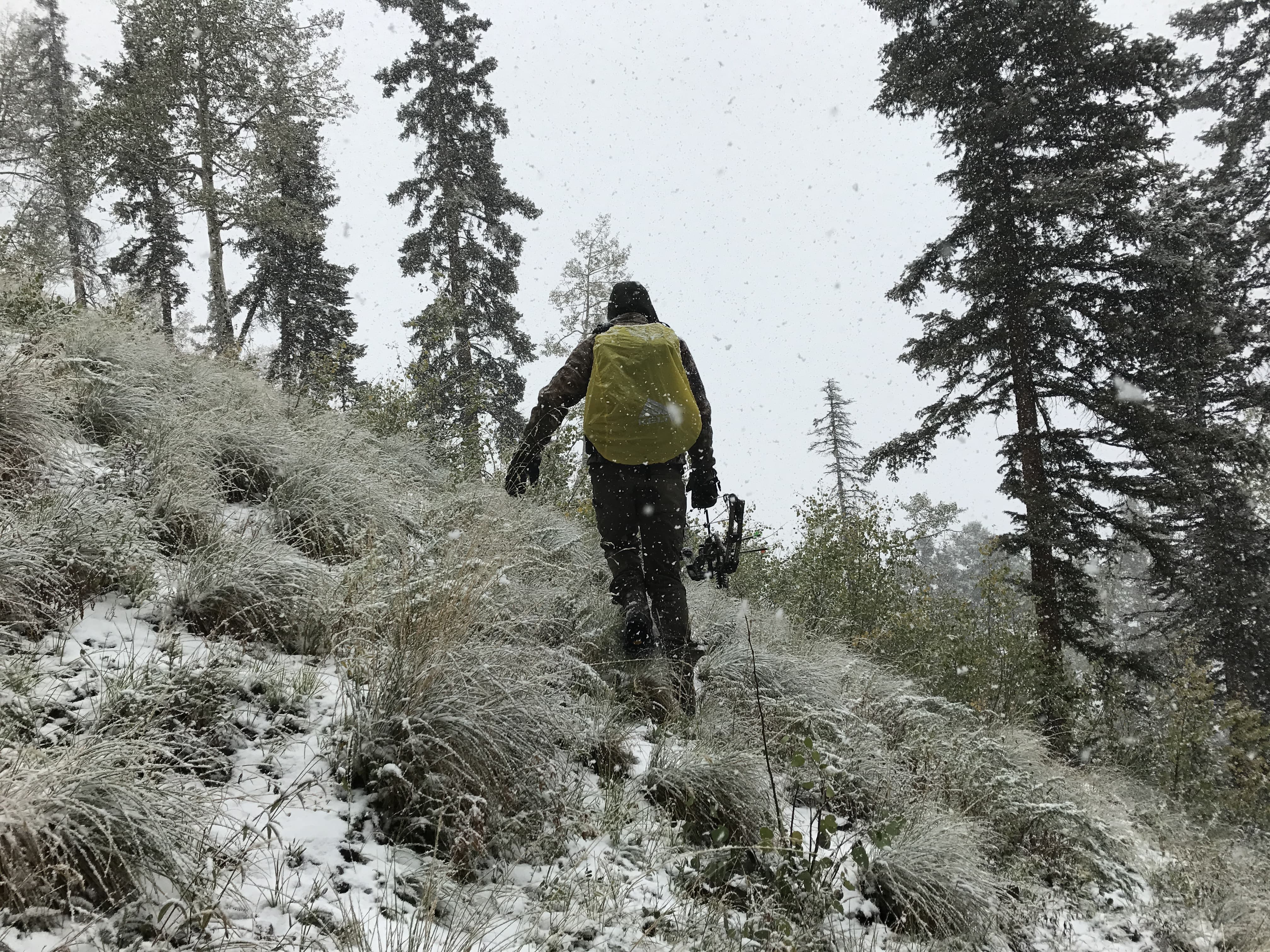transition wild
Off

By Adam Parr –
It’s time to embark on a western hunt. You’ve looked forward to this adventure for months, years, or maybe even decades; a trip of a lifetime is finally at your fingertips. The emotions start to hit like a brick wall. You’re excited, anxious, and nervous all wrapped into one. It’s time to step foot into the mountains and hopefully you’ve come prepared for the physical and mental challenges ahead. It’s not easy for anyone to move around the mountains, let alone a flat lander who sleeps at sea level.
The purpose of this article is not to show you how to get into “elk shape”, it’s simply meant to put things in perspective as to why it’s important to show up to your hunt in the best physical condition possible. Not everyone is an Olympic athlete (myself included) and you don’t need to be a gym freak in order to have success in the backcountry, but whatever you can do now to prepare physically will pay dividends later in the Fall. Let’s look at some of the obstacles that present themselves that normally are not a factor on a typical whitetail hunt.
We all lead busy, stressful lives and by the time we set sail for a 24-hour road trip after a long week at work, our tanks are running on empty. You will probably eat some shitty fast food and your body will ache from being crammed into a small space for hours on end. If you make the journey with a couple buddies, you will take turns behind the wheel and maybe catch a few hours of “sleep” in the backseat of the vehicle.
By the time you actually make it to camp, it’s a safe bet to say you will be far from fully rested for the physical challenges that lie ahead. Even before your first day, you’re already at a disadvantage. Getting through the long hours of travel with a little extra energy will help immensely so again, physical preparation is key.
We all know about decreasing oxygen levels as we increase in elevation but it’s often not put into perspective. At zero feet, the effective oxygen level is 20.9% and at 8,000 feet it drops to 15.4% – a difference of 5.5%, which equates to 26% less oxygen that you’re used to breathing in. Gain even further in elevation and the losses become more apparent, especially at 10,000 feet or higher, which is not uncommon for elk hunting.
This essentially means you are going to run out of steam 26% quicker (approximately) and be huffing and puffing a lot more often than usual. Some people experience loss of sleep and/or elevation sickness, making for tough days ahead.
There are hunts where you put on many miles, and then there are hunts that you put on many miles through steep terrain that resembles the Amazon jungle. This type of terrain is what I like to refer to as “prime ankle rolling” habitat. Pair this with driving rain or heavy snow and things can get dicey in a hurry.
When I first walked into the area I would be hunting the Summer before my first elk season, I was blown away by the amount of deadfall tangled in the masses. Walking through north facing dark timber in Colorado can be an exhausting jaunt, where climbing over and shimmying under logs is the norm. Pair that with steep grades and rocky terrain, you’re body will take a beating. Physical conditioning will not only prepare your body for the challenging landscape, it will help prevent unnecessary injuries that can occur.

Inclement weather adds another factor to make traversing steep terrain even tougher.
Elk hunting is a tough business, especially when you hunt over the counter (OTC) highly pressured public lands in states such as Idaho, Montana, or Colorado. Sometimes you can spend days afield without even seeing an elk and when you consider archery success rates hovering around 10% or less, the mental game is real. I’m a firm believer that mental fortitude and physical fitness go hand in hand.
We are capable of much more than what we think is possible and being in good physical health will only aid in pushing your limits. When you hear a bugle erupt from the treetops a half mile and 1500 feet of elevation difference away, will you be prepared mentally and physically to go for it?
The little things can go a long way and fortunately, there is plenty of time to prepare. Summer is the ideal time period to be active and to plan fun activities that will aid in your conditioning. In addition to a regular workout routine, maybe you sign up for a 5K race in July to help further push your boundaries and to hold yourself accountable. Perhaps you plan a few weekend backpacking trips with friends or family to put some miles on your boots and to test out some of the other gear you will be using for the first time, all while getting some quality exercise.
Bottom line: we don’t all have to be super athletes but it will make your hunt much more enjoyable when you’re in the best shape possible, for you. The mountains will kick your ass, no doubt about it, but with some preparation beforehand you’ll be able to get back up after getting knocked down. Elk hunting is hard enough, especially with a bow, so don’t let being in poor physical condition be a limitation to your success. Get moving now and I can assure that you will be much happier and more confident in your abilities on the mountain later this Fall.